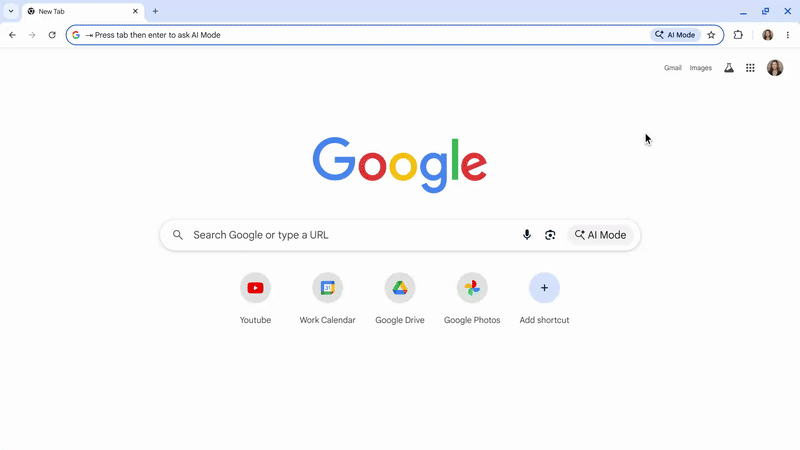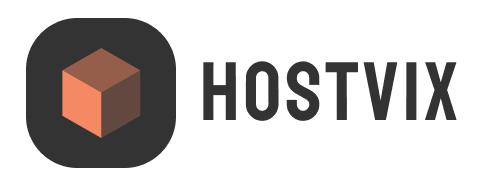On September 18, Google flipped a big switch: Chrome isn’t just a window anymore, it now ships with Gemini built in, the company’s AI that reads the page you’re on, looks across your open tabs, and answers questions in place. For now the rollout is limited to Mac and Windows users in the U.S. with Chrome set to English, but Google frames this as the start of an “AI-centric” browser era, not a one-off feature drop. Mobile support is following, and an “AI Mode” in the address bar is slated to arrive in the U.S. later this month.
The change is easy to miss because it sits quietly behind a new Gemini button: click it and Chrome shares the content of your current tab with Gemini so it can summarize, explain, or compare what’s on screen.

If you’re juggling a dozen sources, Gemini can span multiple tabs and condense the lot into something navigable. It also ties into Google’s own services—Calendar, Maps, YouTube—so asking “jump to the segment where the reviewer tests battery life” can take you to that moment inside a video. The company says Gemini will soon recall pages you visited (“what was that walnut desk I looked at last week?”), and businesses will get access via Workspace with enterprise controls. The pitch is simple: less tab-hunting, more answers where you already are.

Availability and control matter here. Gemini in Chrome is opt-in. It won’t run in Incognito. When you do use it, Chrome literally glows the tab’s edges to signal that page content is being shared with Gemini; you can stop sharing from the Gemini window or block it entirely in settings. There are guardrails around data access to Google apps, too: if you share a Google Doc tab, Gemini may read the full document (with your permission) so answers aren’t limited to what’s visible in the tab. These are small but important tells about how this AI will live inside a browser that hundreds of millions use daily.
Google is also moving the search habit upstream. The omnibox—Chrome’s address bar—will gain AI Mode, a version of Google Search that accepts longer, multi-part questions and offers a side-panel “AI Overview” with follow-ups, alongside context-aware suggestions based on the page you’re already on.

That’s not just a feature; it’s a power shift. If people can resolve a question from the address bar while reading your page, fewer will pogo-stick back to traditional SERPs, and the ones who do may arrive with a clearer sense of what they want. Expect less meandering, more decisive clicks.
Safety is getting the same treatment. Chrome’s Enhanced Protection mode already uses on-device AI (Gemini Nano) to spot tech-support scams; Google says it will widen that net to catch fake “virus” and giveaway pages. More concretely for publishers: Chrome now identifies spammy site notifications and nudges users to unsubscribe, a change Google credits with cutting around 3 billion unwanted notifications per day on Android. If you leaned on aggressive push prompts to juice return visits, that well just got shallower—and the browser is the one holding the faucet.
The next shoe to drop is “agentic browsing.” Google’s timeline is “in the coming months,” but the concept is clear: tell Gemini to “book a haircut” or “order groceries,” and it will walk forms, clicks, and confirmations across the open web on your behalf, pausing if you want to take back control. For commerce-heavy sites, this could become a conversion accelerant—if your flows are clean, predictable, and scriptable. If they aren’t, somebody else’s are, and that’s where users will end up.
So what does all of this mean, practically, for bloggers and site owners?
First, assume more readers will “get the gist” without fully reading. Gemini can summarize your page in seconds, and AI Mode can synthesize what your post says with what three other tabs say. That doesn’t make your work disposable; it raises the bar. Pages that surface clear facts, dates, definitions, numbers, and authoritative citations are the ones most likely to be summarized faithfully and cited back. This is where the old-school craft—tight ledes, explicit theses, source notes, and clear sectioning—pays off. Write so a human can scan and an AI can’t misread.
Second, structure becomes strategy. Schema.org markup (FAQ, HowTo, Product, Review), named anchors, and well-titled sections aren’t “SEO chores” anymore; they’re how an in-browser assistant understands your page at speed. If you produce videos, chapter them. If you publish comparisons, standardize your spec tables. Gemini’s “find the spot in this video” and “compare across tabs” are only as good as the landmarks you give it—and when those landmarks come from your page or channel, you get referenced more often.
Third, rethink the top and bottom of your posts. Put a tight, factual summary up top—your words, your framing—so when users (and assistants) ask for “key takeaways,” they pull from something you intended, not a muddled paragraph three scrolls down. Close with a compact “what to do next” that points to your own deeper resources, newsletters, tools, or courses. If the omnibox is going to suggest follow-ups, meet it halfway by giving readers the next question on your site.
Fourth, plan for push to be tougher. With Chrome auto-triaging spammy notifications, growth by blunt prompts will slow. Earn permission the old-fashioned way: email lists with clear value; RSS for the faithful; and genuinely useful “alerts” tied to topics your readers asked you to track (price drops, version releases, security advisories). The upside: fewer annoyed users, more durable channels.
Fifth, watch how agentic browsing touches your monetization. If you rely on affiliate links, test whether common flows still attribute when an assistant “drives.” Prefer deep links with reliable parameters. Reduce brittle steps—login gates, pop-ups, fussy carts—that could throw an agent off script. And ensure server-side tracking is buttoned up, because the client (the browser) is about to get more opinionated.
Finally, keep an eye on the social temperature. When Google ships AI features that cross a line—say, a homework-help button that auto-solves problems—schools and the press push back, and Google adjusts. That’s a reminder that features can and do change under pressure; build a content strategy that’s resilient to UI shifts and keep your ear to the ground.
The bottom line is blunt: the SERP is becoming a browser feature, and the browser just moved into your reader’s thought process. If you publish something worth knowing, make it unmistakable—fact-forward, clearly labeled, easy to quote, and easy to act on. The old virtues—authority, clarity, and trust—are still the game. Chrome is just putting them under a brighter light.



Leave a Comment